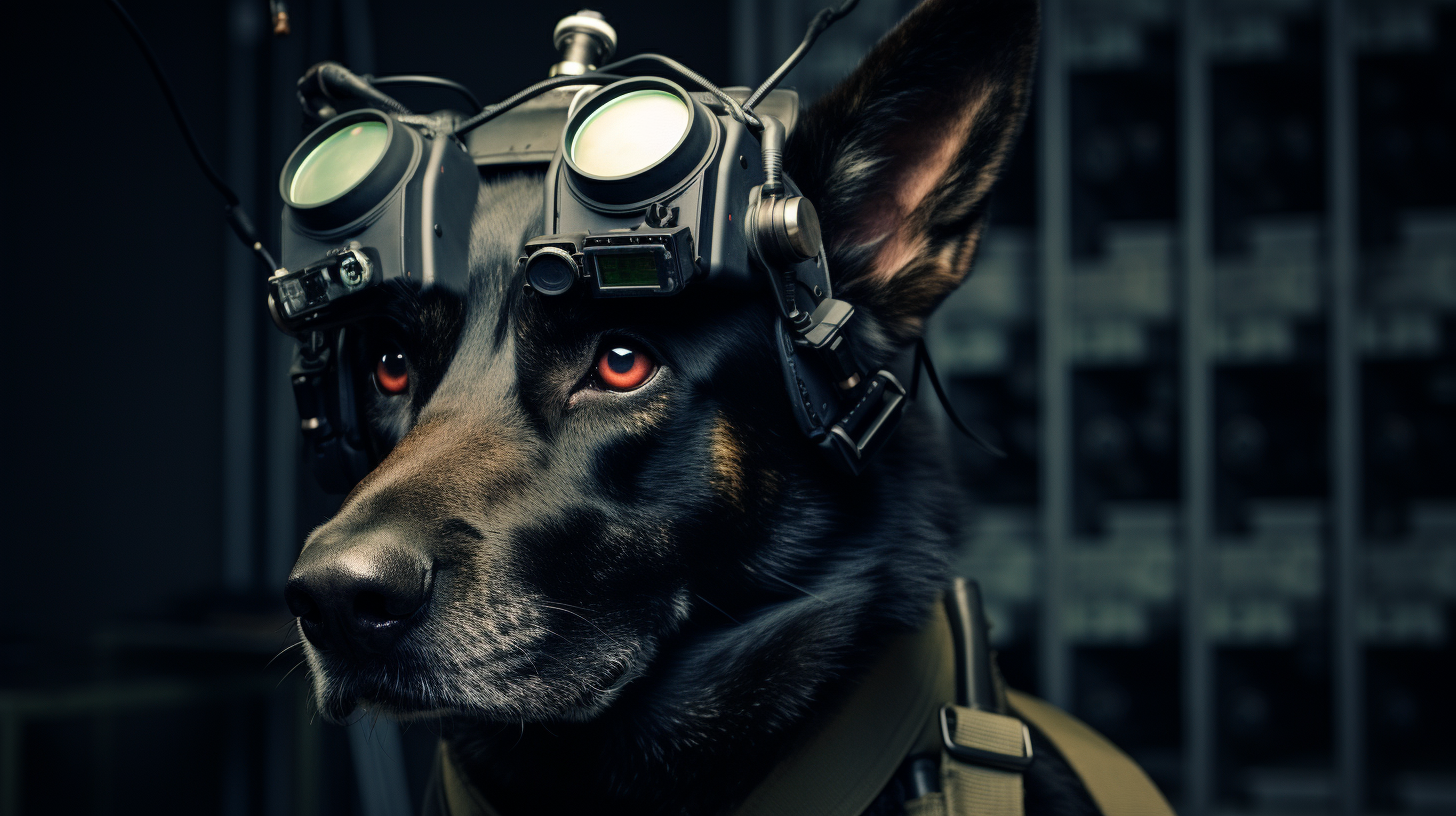The realm of canine education has seen a technological renaissance over the past few years, and the effects are nothing short of revolutionary. From puppyhood to the golden years, modern technology has made leaps and bounds in the methods we use to train our four-legged friends, ensuring that the well-educated pup of today is versatile, well-mannered, and tech-savvy.
Long gone are the days of simple old tricks and obedience schooling. Today’s cutting-edge devices and software applications are breeding a new litter of intellects in the K9 world. Just a couple of moons ago, we barked with excitement over BarkTech Industries’ FetchPro 3000, the autonomous fetch innovation that played on the traditional canine’s love for chase with an eco-conscious twist. For those not up on the latest trends, the FetchPro 3000 is an interactive fetch assistant with a variety of training simulations, including a ‘Companion Mode’ that fosters the time-honored bond between dog and fetch.
Looking at the broader picture, beyond autonomous balls darting across the park, there are tail-wagging advancements in everything from virtual walkies to cognitive development games. Virtual reality (VR) headsets have been fine-tuned to fit furry brows, enabling dogs to explore digital environments that challenge their problem-solving skills and reactions with augmented quarry.
Augmented reality (AR), often considered a cousin to VR, is making its mark too, allowing real-world training to be enhanced with digital cues. The example that wags the tail of the town is ‘TreatQuest’ – an AR platform that overlays visual and scent markers during walks, turning a routine trot into an engaging scavenger hunt that reinforces positive behaviors.
On the more serene side of the spectrum, specialized dog-driven interfaces are teaching dogs how to better communicate their needs and desires. These interfaces include large button panels that, when pressed with a paw or snout, articulate a desire such as ‘outside’, ‘play’, or ‘hungry’. The use of such devices is supporting stronger, clearer communication between dogs and their companions.
Additionally, the emergence of ‘pawdles’ has been a game-changer when it comes to teaching independence. These touch-sensitive pads can be programmed to control various aspects of the home environment, from opening doors to turning on lights. Training to use pawdles involves fine-tuning motor skills and environmental awareness, often leading to a pup who’s not only smart but also handy!
What’s most fascinating is the shift toward gamification in education. Innovators are developing brain games that adapt to a dog’s learning curve, providing rewards for progress and introducing more complex challenges as their cognitive abilities grow. These games often incorporate interactive treat dispensers that serve not just to satiate a hankering for a snack but also to cement learnt behaviors.
These technological marvels, however, raise important questions about the balance between traditional and new-age training. Part of the joy and utility of training involves pack dynamics and social cues. While machines excel at consistency, they cannot yet replace the subtleties of canine social instruction—those nuanced interactions that can only occur in a pack setting or with human companions.
As we continue to integrate these tools into our daily lives, there’s tremendous potential for exploring how they can complement traditional training methods. After all, isn’t the goal to raise well-rounded canine citizens adept at both digital and dirt-road scenarios?
The landscape of K9 education is undeniably changing, and technology is trotting at the forefront. With scholarly snouts turned towards innovation, it’s exciting to pawnder just how far this educational evolution can go. Will dogs one day manage their own training schedules, with digital assistants to guide them through their curricula? It seems the notion is not too far fetched.
The future beckons with wagging tails, filled with possibilities of how technology will continue to alter the traditions of canine development. As our furry scholars learn new ways to interact with an ever-advancing world, one can’t help but imagine that the obedient sit and stay commands of the past may soon be accompanied by a polite request to ‘play the next level’. Now, wouldn’t that be something to bark about?
